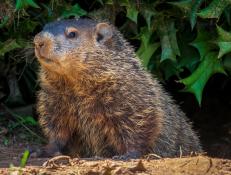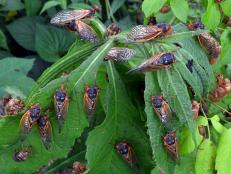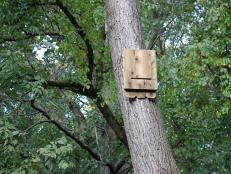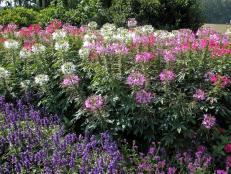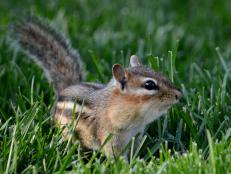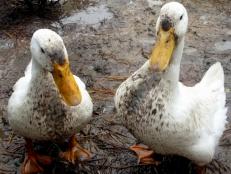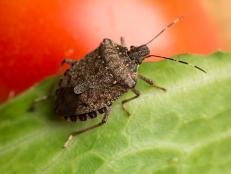They Don't Bite and Other Worm Facts You Need to Know

Here are 22 facts about worms you may not know:
1. Worms breathe through their skin, aided by the layer of mucus that they secrete. If their skin dries out, they die.
2. Worms don't bite. They also don't sting.
3. They are cold-blooded animals, which means they don't maintain their own body heat but instead assume the temperature of their surroundings.
4. Earthworms live underground; some species live under the leaf litter in forests; others, such as redworms, live in the top 12 inches of soil; and still others, such as nightcrawlers, create vertical tunnels up to 6 feet or more below the soil's surface.
5. Earthworms eat undecayed organic matter, such as bits of dried leaves and plant waste, and excrete their undigested food.
6. Worm poop is loaded with nutrients and helps plants grow.
7. Earthworms are Mother Nature's best tillers, aerating and enriching the soil.
8. In one acre of land, there could be as many as 1 million earthworms.
9. They are preyed upon by birds, moles, voles, snakes, fish and humans.
10. The head of an earthworm is the end that's closest to the pale band or "collar." Called the clitellum, this swollen area is an indication that the worm is grown up.
11. There are no boy and girl worms. Each worm is both male and female. Even so, most species require a partner for mating.
12. The clitellum produces the cocoon in which baby worms will develop. The earthworm wiggles out of the cocoon, leaving it to incubate in the soil for several months until time for the young to emerge.
13. There are some 2,700 species of earthworms.
14. The longest earthworm was found in Africa and measured 22 feet long.
15. The earthworms that live in the top foot or so of soil typically measure 3 to 5 inches in length; nightcrawlers, up to 8 inches or more.
16. Red wigglers — the worms that are used in vermicomposting — feed at or near the surface. These worms are usually smaller and thinner than earthworms.
17. They feed near the top of the soil and don't mind being in very concentrated colonies, which makes them perfect for worm bins.
18. Red wigglers prefer temperatures between 60 and 80 degrees.
19. As adults, they produce as many as 5 to 6 young per week (1 or 2 cocoons per week with up to 3 eggs in each cocoon).
20. Red wigglers live up to 5 years.
21. If conditions are good in the worm bin (not too wet, not too many food scraps, plenty of air), there's no odor.
22. If you keep your worm bin outside in the summer, make sure it's covered (to keep predators out) and in a cool, shady spot.






